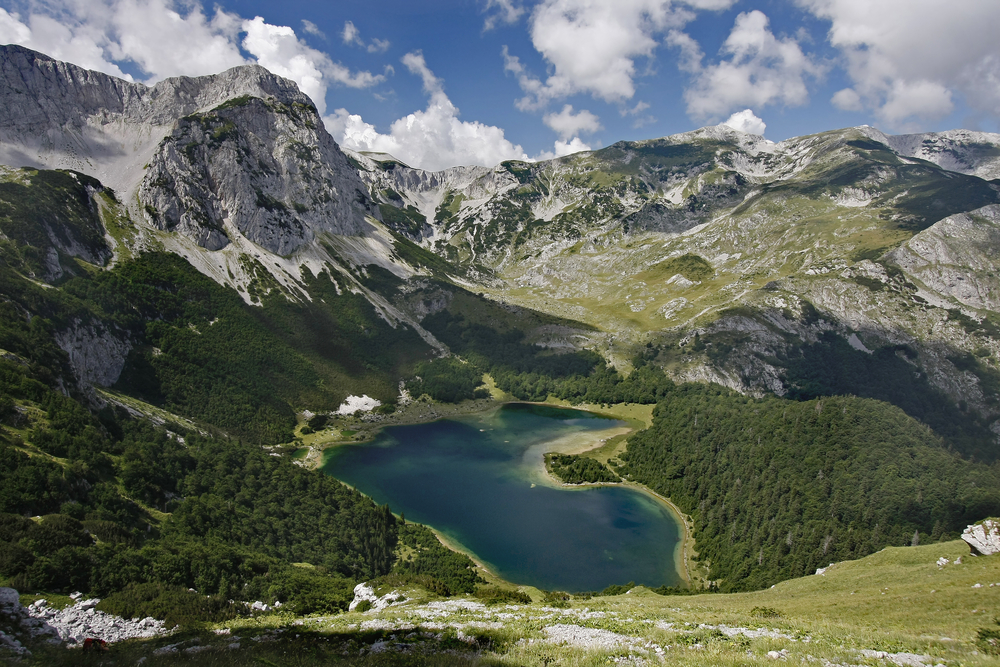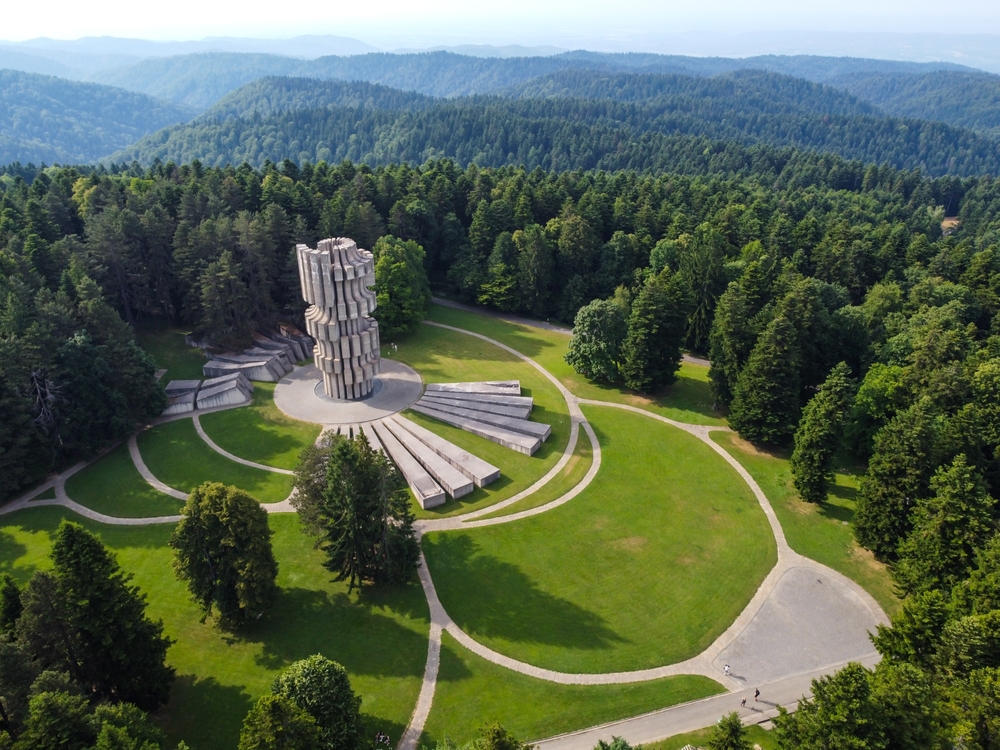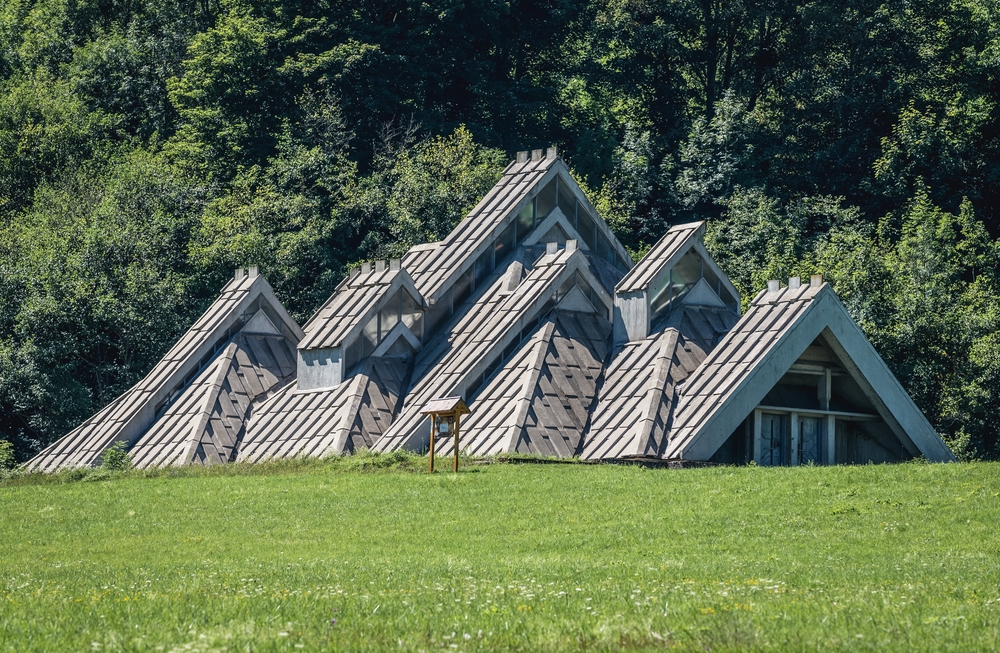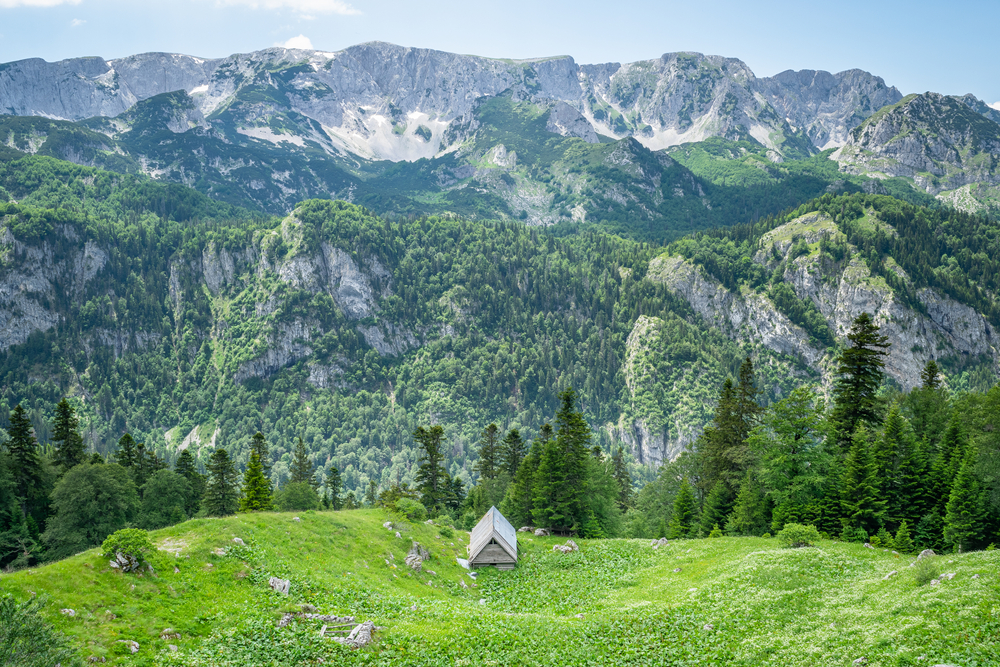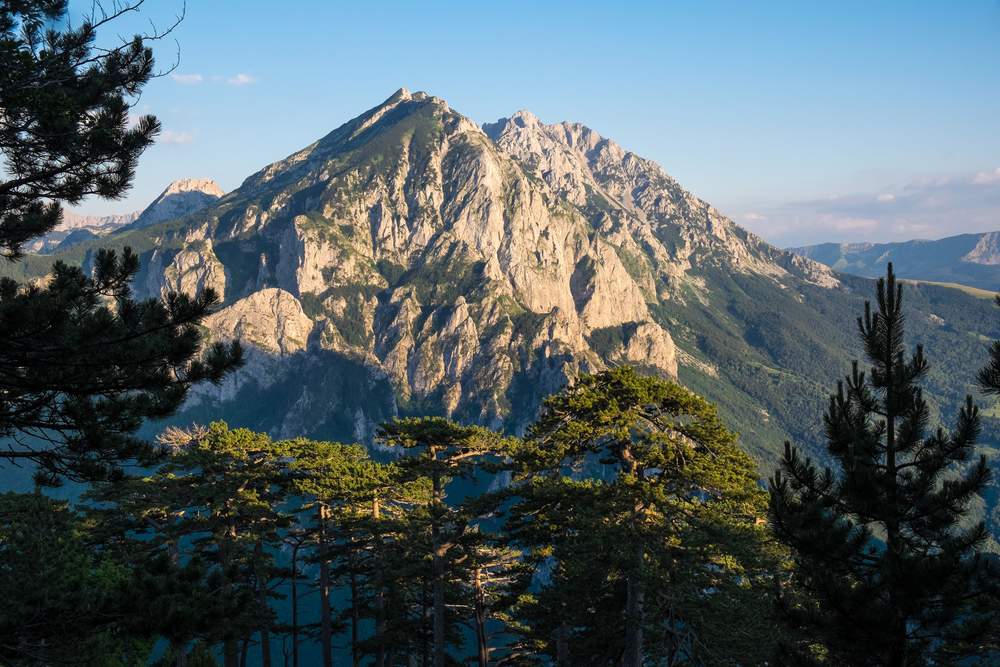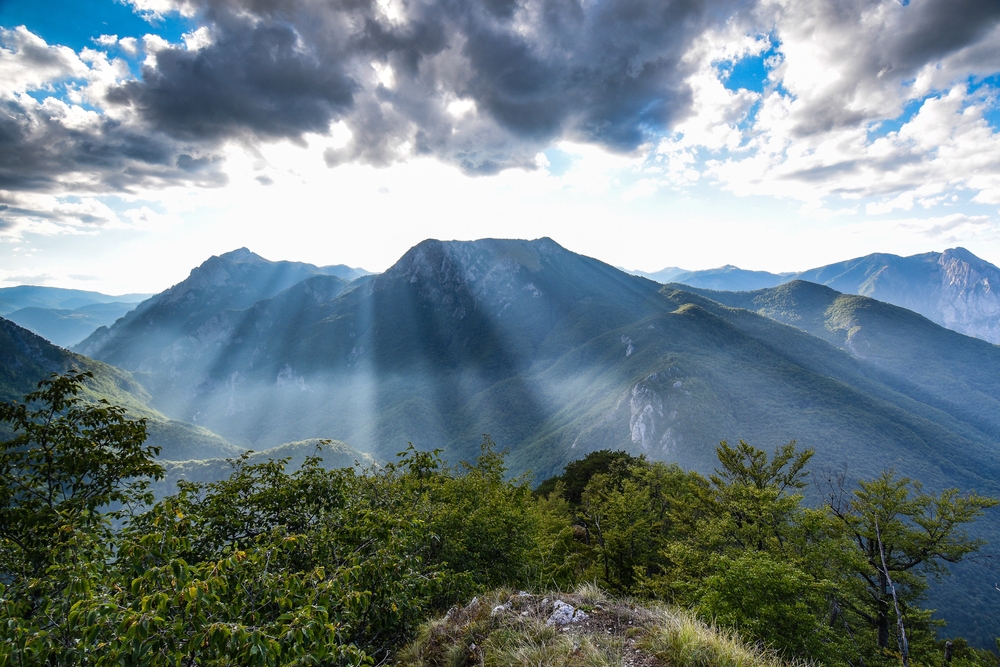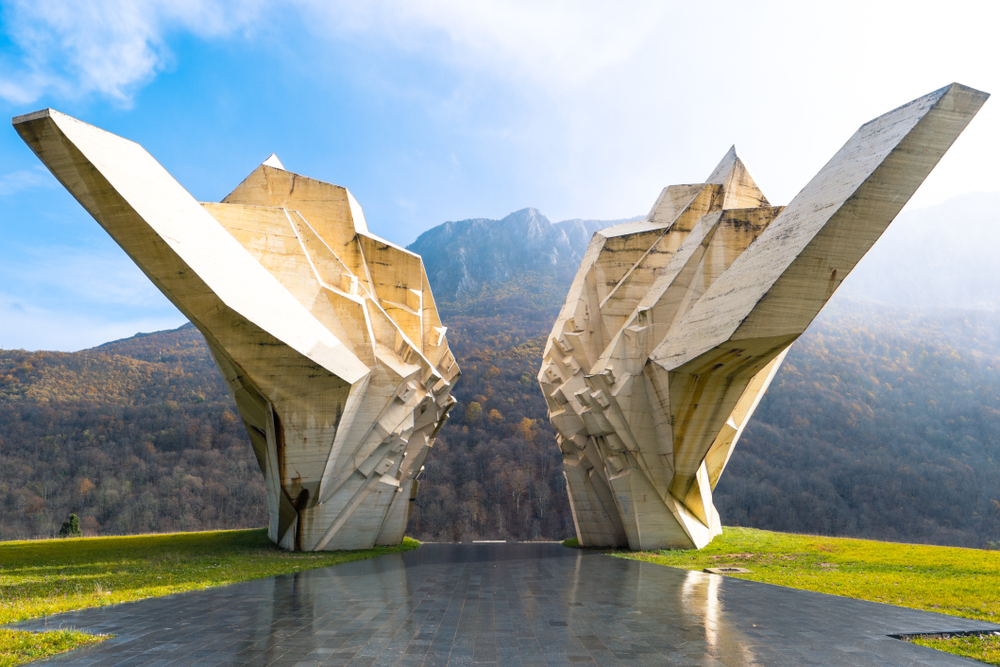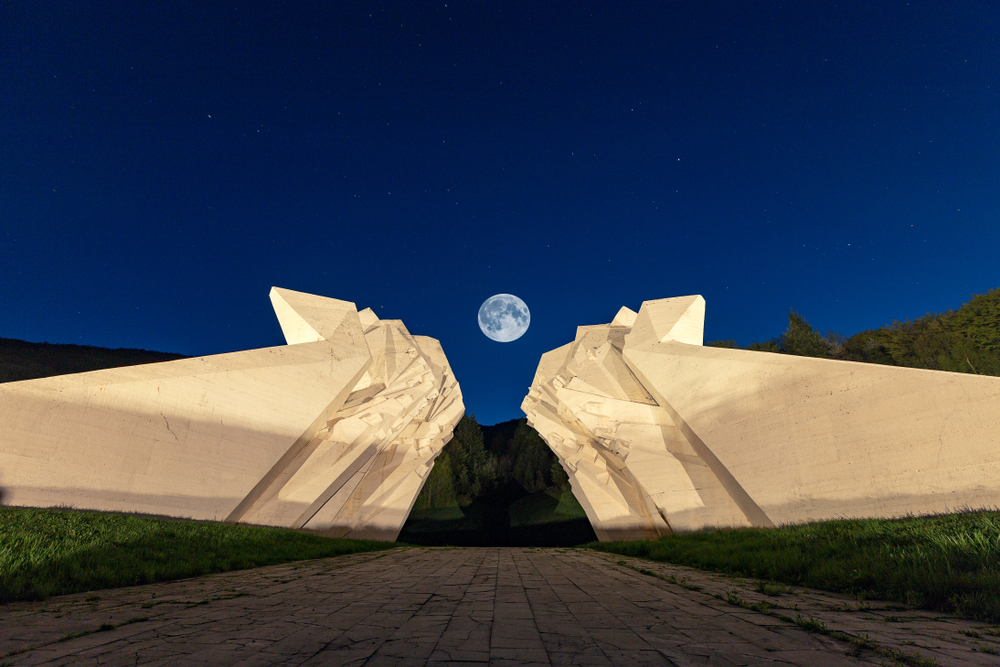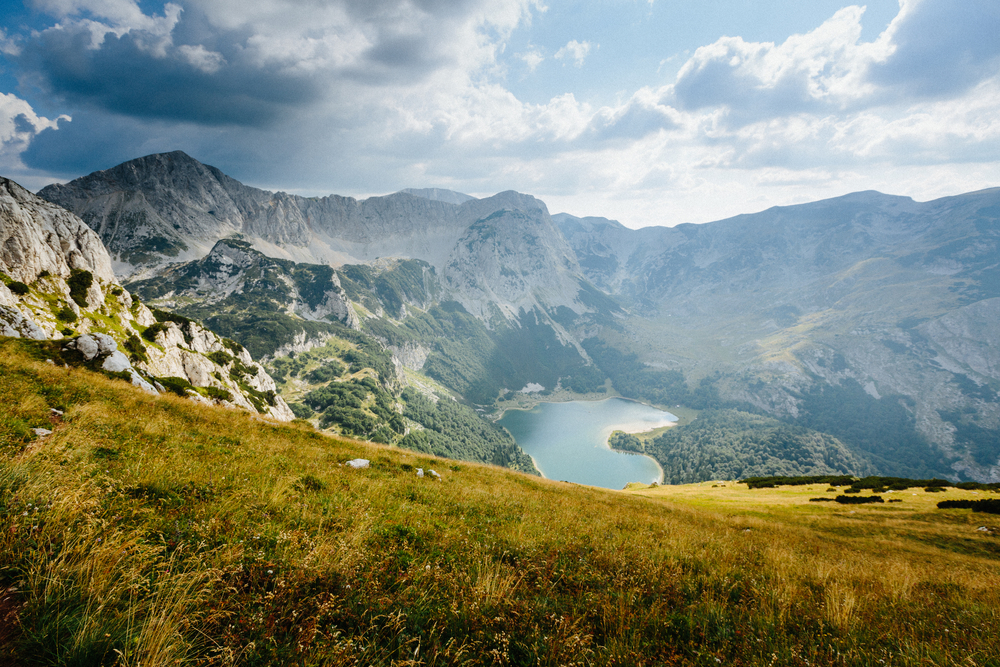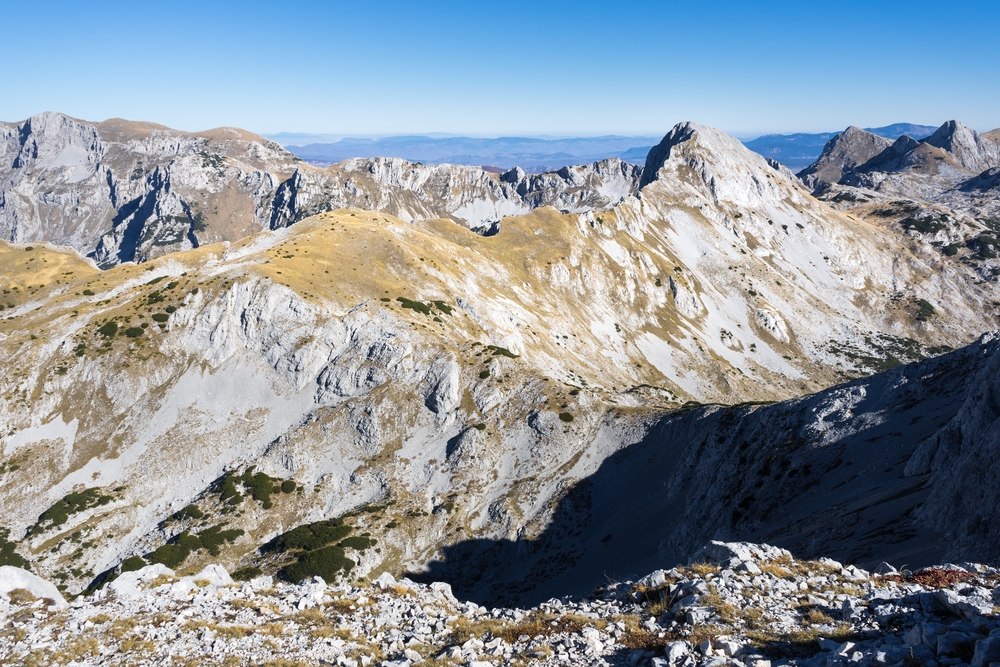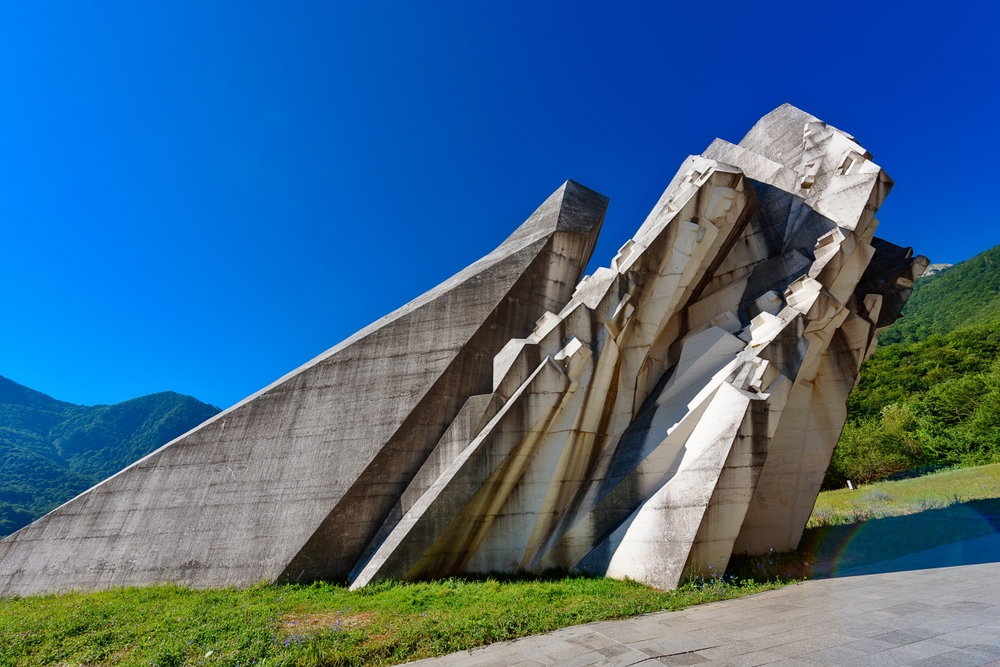Sutjeska Overview
Sutjeska National Park (in Serbian: Национални парк Сутјеска) is located in southeastern Bosnia and Herzegovina, near the border with Montenegro. Established in 1962, it is the country’s oldest and largest national park, covering an area of approximately 66 square miles (172 square kilometers). The park is renowned for its breathtaking mountainous landscapes, dense forests, and historical significance, particularly for its role in World War II.
The landscape of Sutjeska National Park is dominated by the majestic Dinaric Alps, with Maglić Mountain being the highest peak in Bosnia and Herzegovina, reaching 7,828 feet (2,386 meters). The park is also home to Perućica, one of the last remaining primeval forests in Europe, which covers a large portion of the park and is protected as a strict nature reserve. The deep Sutjeska River Canyon cuts through the park, adding to its rugged beauty with steep cliffs, waterfalls, and dense vegetation. Visitors to the park can also explore the scenic Trnovačko Lake, nestled in a glacial valley, offering picturesque views of the surrounding peaks.
The vegetation in Sutjeska National Park is incredibly diverse, with rich plant life thriving in its pristine forests. Beech, fir, and spruce dominate the forests, while alpine meadows, rich with wildflowers, cover the higher elevations. The park is also home to rare and endemic plant species, making it a key area for botanical research and conservation.
The wildlife in Sutjeska is equally impressive. Large mammals such as brown bears, wolves, and wild boars roam the park’s forests, while chamois and red deer are commonly seen in the alpine areas. The park is also a haven for birdlife, with species such as golden eagles, peregrine falcons, and black storks frequently spotted. The combination of stunning landscapes, rich biodiversity, and historical importance makes Sutjeska National Park a must-visit destination in Bosnia and Herzegovina.
Park Map
Sutjeska National Park Highlights
Engaging Sutjeska National Park
Related National Parks More Bosnia and herzegovina
Sources
- Adventure Bosnia, Sutjeska National Park, https://www.adventurebih.com/sutjeska-national-park/, retrieved August 2024.
- All Trails, Best Hikes in Sutjeska National Park, https://www.alltrails.com/ar/parks/bosnia-herzegovina/foca/sutjeska-national-park, retrieved August 2024.
- Bradt Guides, Sutjeska National Park, https://www.bradtguides.com/destinations/europe/bosnia-herzegovina/sutjeska-natural-park/, retrieved August 2024.
- Get By Bus, Visiting Sutjeska National park, https://getbybus.com/en/blog/visit-national-park-sutjeska/, retrieved August 2024.
- Turisticka Organizacija, park site, https://focaravajuce.org/en/tours/the-national-park-sutjeska/, retrieved August 2024.








































































